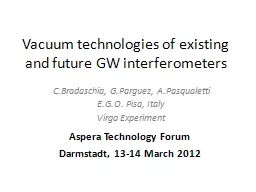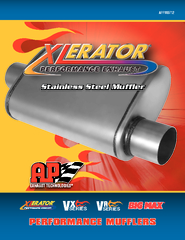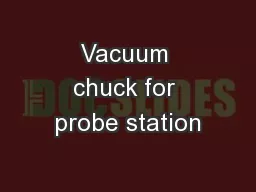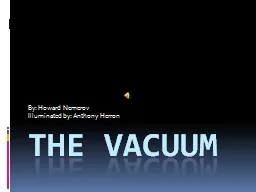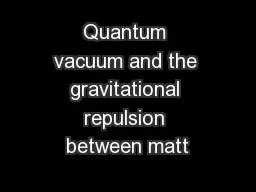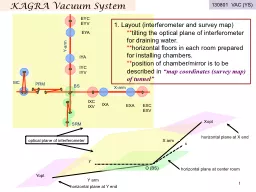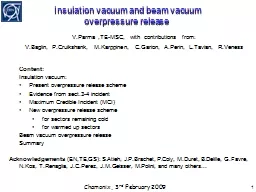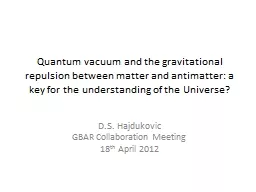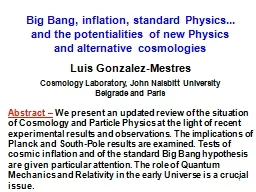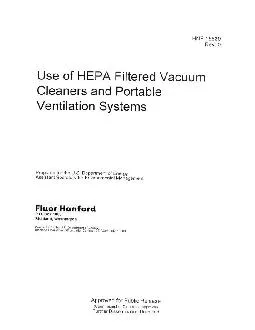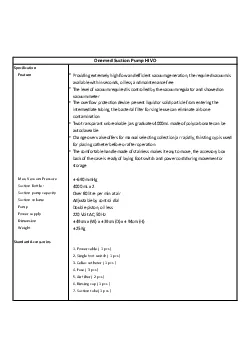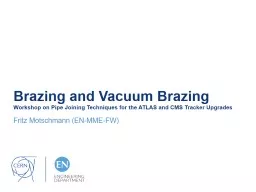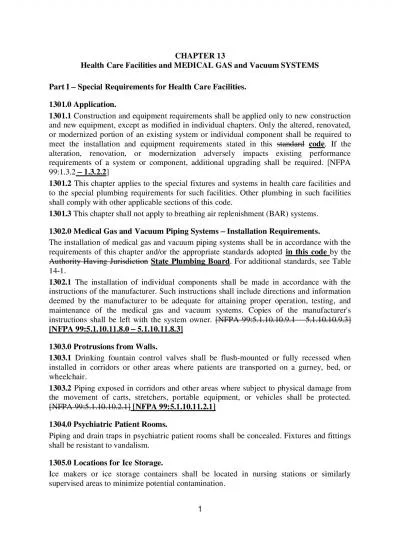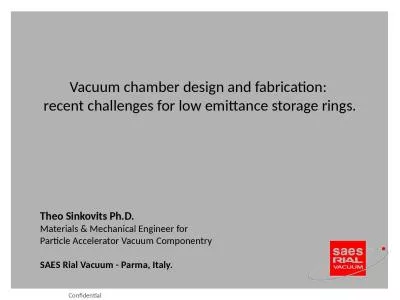PPT-Vacuum technologies of existing and future GW interferometers
Author : partysilly | Published Date : 2020-06-23
Aspera Technology Forum Darmstadt 1314 March 2012 CBradaschia GParguez A Pasqualetti EGO Pisa Italy Virgo Experiment GW RESEARCH with INTERFEROMETERS Ground Based
Presentation Embed Code
Download Presentation
Download Presentation The PPT/PDF document "Vacuum technologies of existing and futu..." is the property of its rightful owner. Permission is granted to download and print the materials on this website for personal, non-commercial use only, and to display it on your personal computer provided you do not modify the materials and that you retain all copyright notices contained in the materials. By downloading content from our website, you accept the terms of this agreement.
Vacuum technologies of existing and future GW interferometers: Transcript
Download Rules Of Document
"Vacuum technologies of existing and future GW interferometers"The content belongs to its owner. You may download and print it for personal use, without modification, and keep all copyright notices. By downloading, you agree to these terms.
Related Documents

